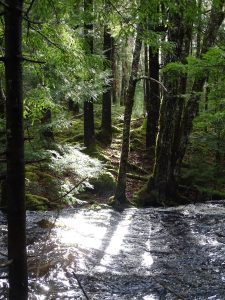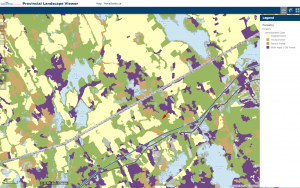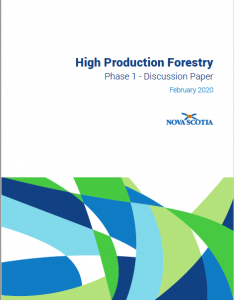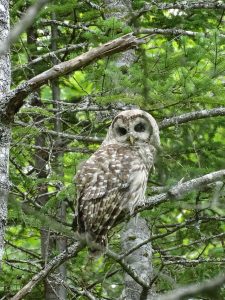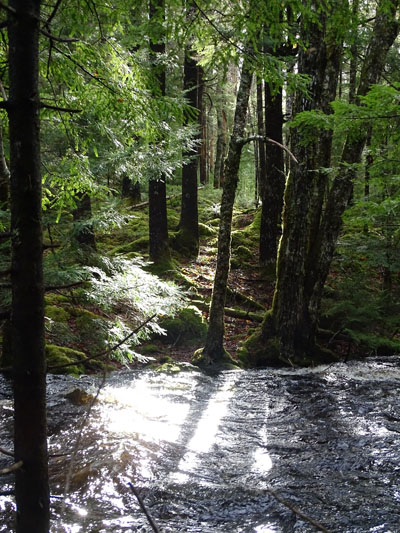It’s a toss-up between Skunk Cabbage and Dwarf Eastern Mistletoe
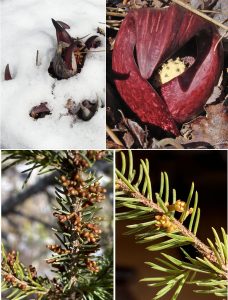
Above: Skunk Cabbage Mar 30, 2008, St. Mary’s Bay area, Digby Co. Left: Spathes emerging from snow. Right: spadix (flower clusters) exposed.
Below:Eastern Dwarf Mistletoe, Mar 28, 2020; at right, opened up. These photos by Bob Guscott
Click on image for larger version
I thought the answer was skunk cabbage, Symplocarpus foetidus, which I thought is found naturally only in SW Nova Scotia but, according to Nova Scotia Plants, also occurs in Cumberland Co.
The skunk cabbage pics at right were taken during a NS Wild Flora Society outing in 2009, led by our President, Charlie Cron, who travels to SW Nova Scotia most springs to check it out.
I made a post about it on Facebook and soon got a message from Bob Guscott, retired forest pest specialist with DNR (now L&F), one of his obsessions being the ecology of mistletoe in NS.
Said Bob:
“Saw your FB post today on Skunk Cabbage. I have not seen it in Nova Scotia yet, but always thought that it was a candidate for first native plant to flower. The other candidate for first to flower in NS is Eastern Dwarf Mistletoe, Arceuthobium pusillum.
Continue reading

